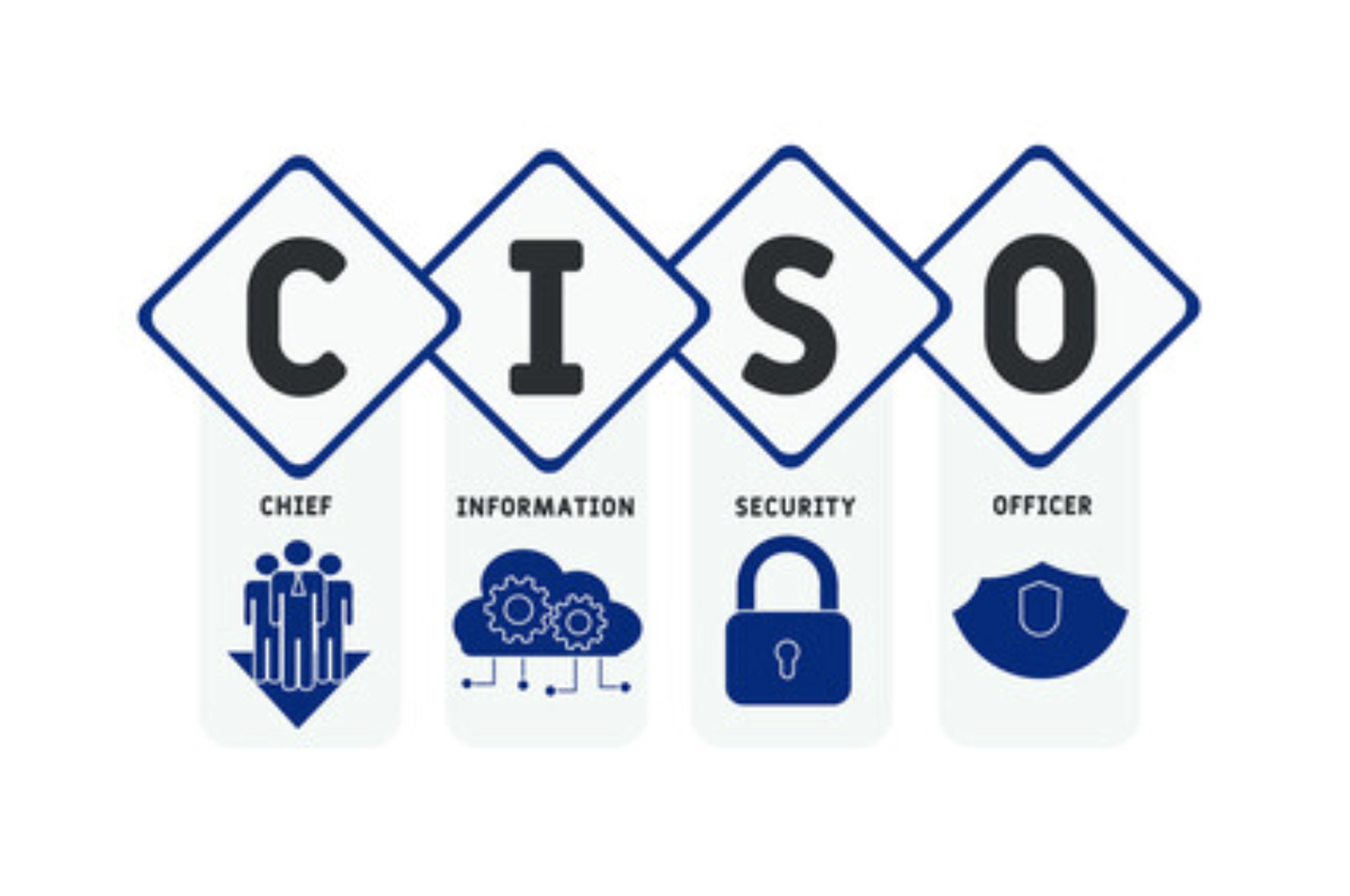
by Rebeca | Oct 19, 2022 | Uncategorized
Identity management is gaining more and more importance among companies, so it is necessary to have a defined strategy and an adequate solution.
Currently, sufficient attention is beginning to be paid to identity management, although it depends on the size of the company, but they are regularly producing two errors: On the one hand, quantification, as an example, and according to a recent report, 21% of the CISOS were unaware that their customers had been phishing. And on the other, simplicity vs. security, since identity management must be dealt with through progressive profiling.
One of the elements that creates the biggest problem with regard to identity management is usability. That is why we have to talk about digital identity, and we need a tool that makes a continuous and intelligent analysis of that access and that the user does not even appreciate it, so as not to generate unnecessary and duplicate access.
It is therefore important to establish a digital identity strategy, understanding the user’s journey, and knowing what are they looking for in our application or on our website. The customer must be at the center of any strategy to drive an organization’s business. Digitization has introduced registration processes, which took a long time before being able to start using that service. To this registration process we must add the need to remember countless passwords, which is also another negative point. For this reason, access has to go into the background and run transparently.
When providing a service to a user, the priority must be to facilitate the experience in a way that the user encounters as few obstacles as possible without reducing the security around identity control.It is necessary to deepen this relationship of trust.
In the case of employees, prioritize their productivity, having the necessary access in a simple way, only for what they need and for those who have authorization.
Soffid Access Management can be implemented throughout an organization and for all use cases: employees, customers, devices and objects. The identity solution allows you to associate access management, user-managed access, identity management, directory services, edge security, and also provides an identity gateway.
Shall we talk?

by Rebeca | Sep 7, 2022 | cybersecurity, Definitions, News, soffid
Nowadays, Chief Information Officer are focusing on business outcomes, agility, and improving customer experience through technology. While at the same, streamlining backend operations with automation is becoming one of the primary focus areas of technology leaders.
Despite this pressing need for digitization in the organization, around 79% of them are still in the early stages of technology transformation, according to Mckinsey. It is due to critical issues related to legacy system barriers such as integration, security, etc., in today’s landscape. So, there is a need to create an environment to provide holistic accessibility to emerging technologies.
Challenges faced by Chief Information Officer
The top challenges faced by Chief Information Officer in 2022 are as follows:
1-Digital Transformation has been evolving slowly.
45% of executives don’t think their company has the right technology to implement a digital transformation. But COVID-19 has forced many organizations to re-examine the pace of their digital transformation initiatives. 35% of companies view digital technology as disruptive to their business model.
2-As data becomes more distributed, integrating a large volume of data from different sources in disparate formats on the legacy system is a roadblock.
97% of organizations planning to undertake digital transformation initiatives. But integration challenges hinder efforts for 84% of organizations. So, the CIOs priority in 2021 is how to extract powerful insights by removing the barriers around the data. At the same time they must be accessible.
3-Over the last few years, there has been a massive growth and adoption of new technologies, across the businesses.
Such as AI/ML, data science, etc. As a result, there is a shortage of required skillsets in an organization. According to Forrester, while 75% of businesses have a digital strategy, only 16% claim to have the skills to deliver it.
4-Legacy systems are unable to keep up with business demands.
One reason is skyrocketing data growth and the inability to manage multiple data formats on legacy storage platforms. So, CIOs must make a considered choice for modern data platforms that allows integrating multiple datasets from a variety of sources and create a single view of the data.
5-Manual processes and workflows are no longer feasible for many organizations.
Automation initiatives that used to put on the back burner are now quickly spun up. Chief Information Officer need to start thinking of automation as a liberator of their people. Since it works as an executioner freeing the employee from repetitive tasks to focus on more productive tasks.
6-As CIOs are constantly addressing new and developing business challenges, there is a need to adopt emerging technologies such as AI/ML and IoT to compete and stay ahead of the evolutionary curve.
As we enter 2021, we must look beyond the latest trends and develop a mindset that enables them to identify a problem that is looking for an answer.
7-Fostering innovation is one of the priorities of CIOs today.
But keeping up with the business demand with existing resources has become a challenge. For CIOs to keep up with business demands, new technologies and processes need to be implemented. Innovation can’t happen if there is a massive backlog of business requests in an organization.
8-Addressing Evolving Security Threats.
As technology advances so too do the methods of exploiting it for nefarious reasons. Hackers have existed if tech has existed, but in recent years their tactics have evolved and show no sign of slowing. In 2021 two of the biggest security challenges CTOs will face are phishing and ransomware. Although phishing is not a new hacking tactic, how it is carried out has evolved. Scammers now use SMS and phone calls to impersonate reputable sources and trick consumers into divulging sensitive information. To combat this, IT leaders must re-think their credential management and foster a strong sense of security awareness across their organization.
9-Increased Investment in Edge Computing.
Data growth outside of the data center is a new reality for most organizations. These days enormous quantities of data are being generated from remote branches, mobile devices, and IoT smart devices. By 2025, Gartner1 estimates that 75% of enterprise data will be generated and utilized outside of the data center. The need to deploy computing power and storage capabilities at the network’s edge will pose a great challenge to CTOs & CIOs in 2021 and beyond.
10-Maintaining Data Privacy & Governance.
Although data can be an incredible source of useful insight, the risk that comes with handling it poorly can make it a toxic burden that opens your organization up to penalties, fines, or worse. In 2021 California’s Consumer Privacy Act (CCPA), which is generally seen as “GDPR light,” goes into effect, and many other states will likely follow suit. Strict data privacy regulations are quickly becoming the norm, making data security and governance one of the most pressing challenges for IT leaders.It thus becomes indispensable for you to learn how to lead the new normal.
11-Providing a Perfect CX.
Digital customer experience is the new battlefield for staying competitive, and the responsibility of delivering a seamless CX falls squarely on IT leaders.
Security issues
One of the biggest tech-related challenges inherent with shifting to a hybrid work model is, without a doubt, security. When work happens within the office, Chief Information Officer have a certain level of control over security.
They can set specific parameters to keep their networks, data, and sensitive customer and employee information secure. For example, they can restrict access to certain websites or applications, or require two-factor authentication to access certain files or information.
But there’s much less of that control when employees are working remotely. That’s why remote work can pose a much larger security risk than having your team contained to your office. For example, employees generally have less secure Wi-Fi connections when working remotely.
It’s also more difficult to monitor, control, or put safeguards around your employees’ internet usage when they’re working out of the office and/or on their own device—which, depending on their behavior, can add more risk to the companY.
There’s no denying that security is a risk when shifting to a hybrid work model. But CIOs can counteract those risks with effective employee training. If you’re concerned about cybersecurity for your hybrid team, make sure you’re training employees on how they can keep their devices and networks safe and secure when they’re working remotely. For example, you might create a “best practices” training that goes over the basics of cybersecurity, the do’s and don’ts of how to stay secure when working remotely, and some of the most common security issues employees need to be aware of.
Resources:
(1) Gatner
(2) Mckinsey
(3) cioinsight.com
Picture: Foto de Cuadrado creado por rawpixel.com – www.freepik.es

by Rebeca | Apr 14, 2021 | soffid
The CISO is a leadership position responsible for: Establishing the right security and governance practices, Enabling a framework for risk-free and scalable business operations in the challenging business landscape,… The position of a Chief Information Security Officer (CISO) can take a variety of job tasks and responsibilities depending on the size, hierarchy, industry vertical and compliance regulations applicable to the organization.
In 2020, a world inexorably going digital was sped up by COVID-19, necessitating businesses to enable remote workforces overnight, without planning or preparation. This change required chief information security officers (CISOs) to ensure digital security on the go, simultaneously reckoning with new and emerging threats, while ensuring business continuity in a workplace that now featured a multiplicity of systems, networks, devices, programs, processes and overflowing information.
With the rise of digital transformation initiatives in 2020, a Chief Information Security Officer’s (CISO) already stressful work environment has become even more complex. A post-pandemic world has spawned other challenges for security professionals with the rise of remote work—like making sure data remained secure in an environment that wasn’t constantly monitored, Zoom hacks, secure API integrations, and dozens of other issues. CISO’s are facing more scrutiny about security posture from the Board of Directors than ever.
CISO’s needed to be on the top of their game—because, in addition to those high-risk challenges, countless businesses found themselves fast-forwarding their digital transformation initiatives to adapt to the new normal. 2020 has been coined as the year of the great accelerator because initiatives that had been put on hold were now suddenly necessary to support remote work. With the lack of in-person face time, combined with security risks, many businesses were playing catch up as threat models and control points changed, and they seemed always to find themselves one step behind.
Get here more information about A CISO’s 2021 Cybersecurity Wishlist
We can help CISOs to make their work easier. Soffid 3 provides the most intuitive and user-friendly interface, making the transition smooth and convenient. Proceedings are more flexible, so that you will have more committed users. Shall we talk?
Sources:
(1) cio.com
(2) searchsecurity
(more…)




